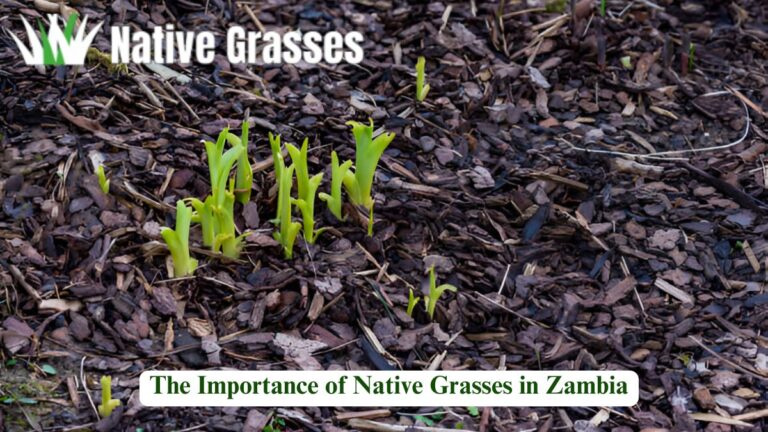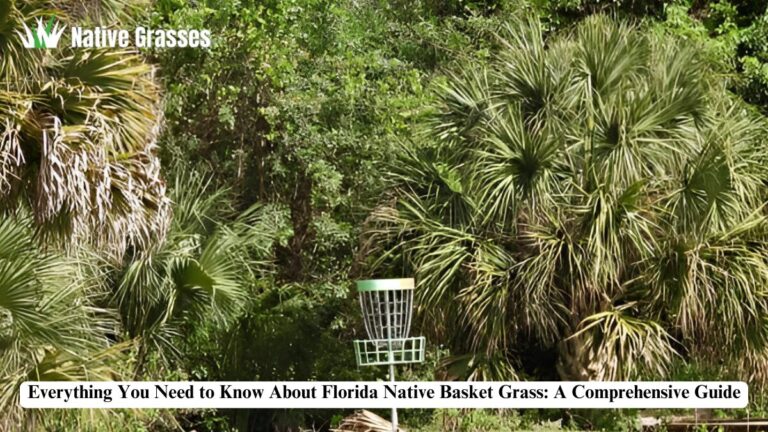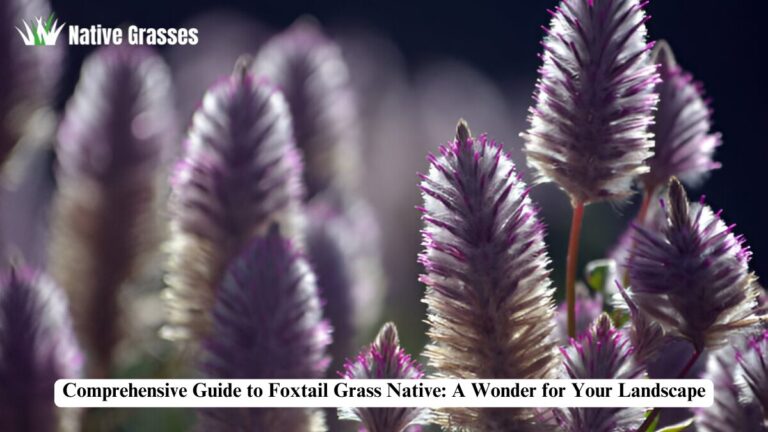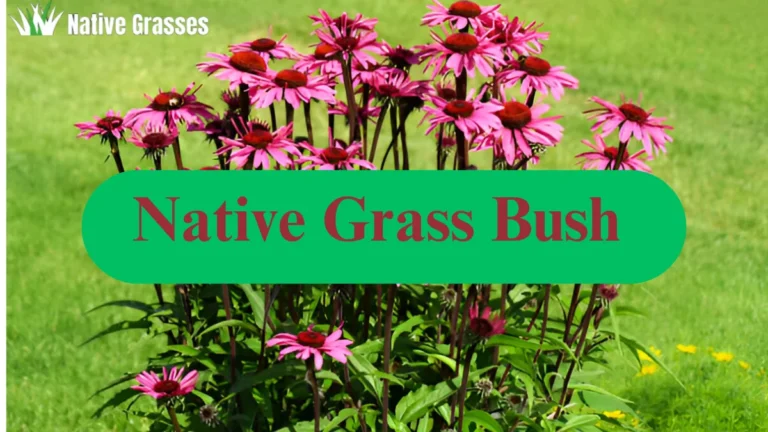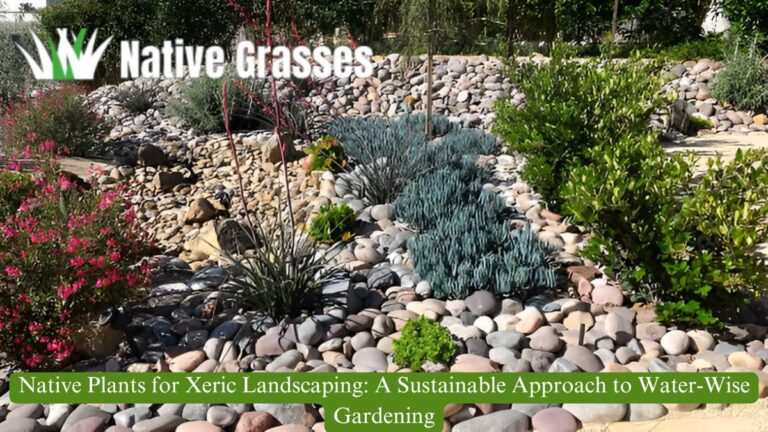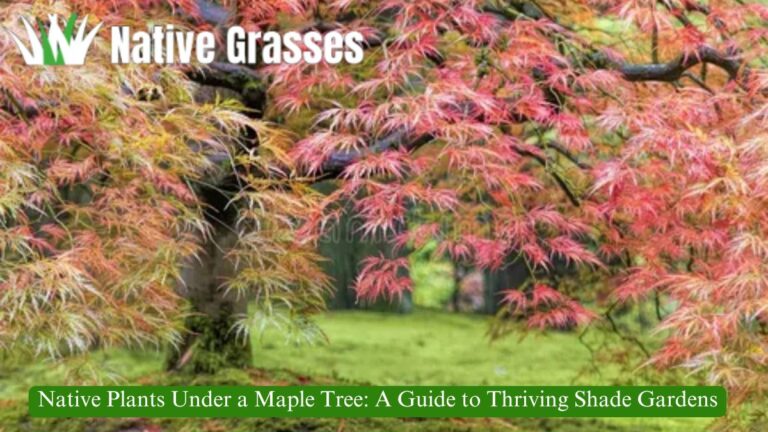Native Grasses of the Willamette Valley: Essential to Oregon’s Ecosystem
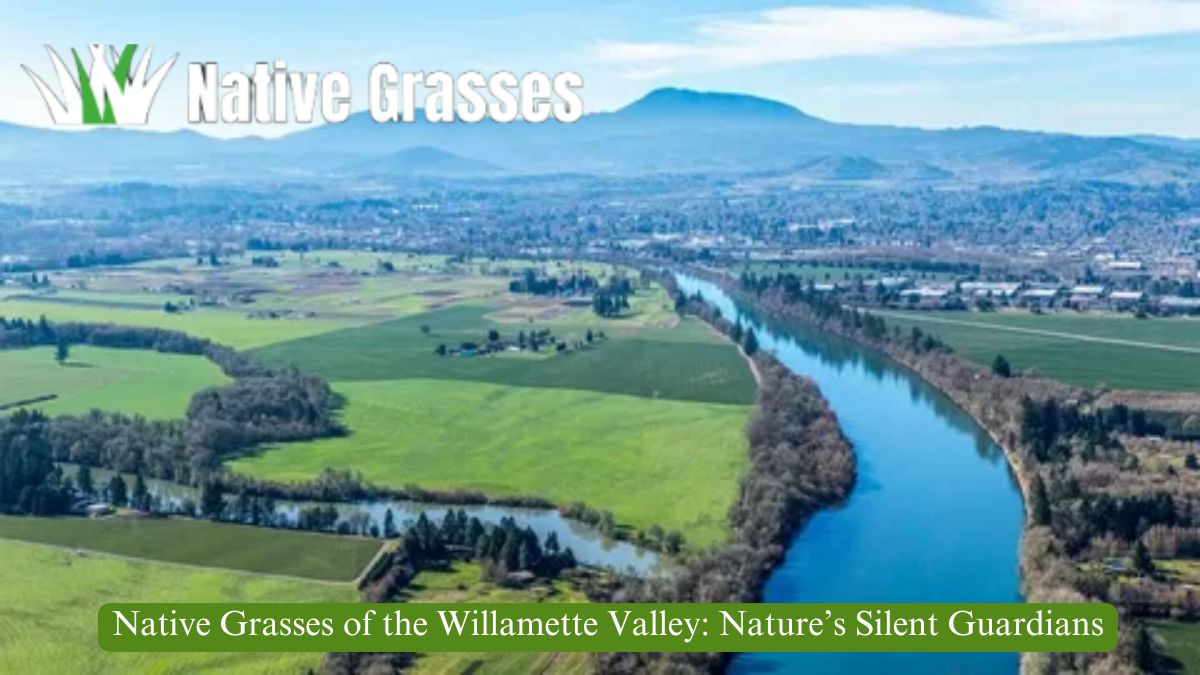
Nestled between the Cascades and the Coast Range in Oregon, the Willamette Valley is a region of incredible biodiversity. While the towering trees and vibrant wildflowers often steal the spotlight, the valley’s native grasses are the unsung heroes that sustain this ecosystem. These grasses stabilize soil, filter water, support wildlife, and even combat climate change. Yet, they face increasing threats from invasive species, urbanization, and environmental changes.
This blog explores the unique native grasses of the Willamette Valley, their ecological importance, and how you can contribute to their preservation. Whether you’re a homeowner, a conservationist, or simply curious, you’ll gain a deeper appreciation for these resilient plants.
What Makes the Willamette Valley Special?
Geographic and Climatic Uniqueness
The Willamette Valley stretches 150 miles from Portland to Eugene and is bordered by the Cascades and Coast Range. The region’s mild, wet winters and dry summers create a unique Mediterranean-like climate ideal for diverse plant species.
Biodiversity Hotspot
Home to oak savannas, wetlands, and prairies, the valley hosts numerous native plants and animals. Grasses play a foundational role, forming the base of food webs and providing habitats for pollinators, birds, and mammals.
Historical Context
Before European settlement, Indigenous peoples managed the valley’s landscapes through controlled burns, promoting the growth of native grasses and camas plants. These practices sustained thriving ecosystems for thousands of years.
Why Native Grasses Matter
Ecological Benefits
- Soil Stabilization: Native grasses have deep root systems that prevent erosion, especially on slopes or riverbanks.
- Water Filtration: They act as natural filters, improving water quality by trapping sediments and pollutants.
- Wildlife Support: From nesting sites for birds to food sources for pollinators, grasses sustain diverse life forms.
Cultural Importance
Indigenous tribes used native grasses for food, tools, and weaving. For example, tule grass was integral to creating mats and baskets, while camas meadows provided a key food source.
Combatting Invasives
Unlike invasive species like cheatgrass, which degrade habitats, native grasses co-evolve with local ecosystems, maintaining balance and diversity.
Key Native Grasses of the Willamette Valley
Blue Wildrye (Elymus glaucus)
- Identification: Blueish-green stems and slender leaves.
- Habitat: Thrives in prairies, woodlands, and disturbed sites.
- Ecological Role: Provides cover for wildlife and stabilizes soil.
California Oatgrass (Danthonia californica)
- Identification: Tufted growth with oat-like seed heads.
- Habitat: Prefers dry, open meadows.
- Ecological Role: Excellent for erosion control and supporting pollinators.
Tufted Hairgrass (Deschampsia cespitosa)
- Identification: Dense tufts with fine, arching leaves.
- Habitat: Common in wetlands and riparian zones.
- Ecological Role: Ideal for water filtration and wetland restoration.
| Grass Name | Preferred Habitat | Key Benefit |
|---|---|---|
| Blue Wildrye | Prairies, Woodlands | Soil stabilization |
| California Oatgrass | Dry Meadows | Erosion control |
| Tufted Hairgrass | Wetlands, Riparian Zones | Water filtration |
Challenges Facing Native Grasses
Invasive Species
Grasses like cheatgrass outcompete natives, leading to reduced biodiversity. These invaders also increase wildfire risks.
Urban Development
As cities expand, native grass habitats shrink. Prairies are particularly vulnerable to conversion into farmland or urban spaces.
Climate Change
Changing precipitation patterns and rising temperatures stress native species. Grasses adapted to seasonal rainfall struggle to compete with drought-resistant invaders.
Restoring and Protecting Native Grasses
Restoration Efforts
Organizations like The Nature Conservancy and local tribes lead restoration projects. For example, the Willamette Partnership has reintroduced native grasses to degraded prairies.
Home Gardening
- Plant native species like Roemer’s Fescue.
- Avoid invasive ornamentals like pampas grass.
- Use native grass seeds from reputable nurseries.
Advocacy and Policy
Support conservation policies that protect native habitats and fund restoration projects.
Benefits of Native Grass Landscaping
Low Maintenance
- Drought-tolerant and resilient to pests.
- Require less fertilizer and mowing compared to lawns.
Environmental Benefits
- Enhance carbon sequestration.
- Provide habitats for native wildlife and pollinators.
Aesthetic Appeal
Prairie-inspired gardens with native grasses offer a natural, serene beauty that changes with the seasons.
Conclusion
Native grasses are the foundation of the Willamette Valley’s ecosystems. By understanding their value and taking steps to protect them, we ensure a healthier environment for future generations. From restoration projects to home gardening, every effort counts in preserving this vital resource.
FAQs
What are the best native grasses for a home garden in the Willamette Valley?
Blue Wildrye and Roemer’s Fescue are excellent choices.
Why are invasive grasses harmful?
They outcompete native species and disrupt ecosystems.
Can I buy native grass seeds locally?
Yes, many nurseries in Oregon specialize in native plants.
What is the most drought-resistant native grass?
California Oatgrass is highly drought-tolerant.
How do native grasses benefit pollinators?
They provide habitat and food for bees and butterflies.
Are native grasses fire-resistant?
Some species, like Roemer’s Fescue, are less flammable than invasives.
How do I identify native grasses?
Look for identifying features like leaf shape and growth patterns.
What are some threats to native grasses?
Invasive species, urbanization, and climate change.
Can I use native grasses for erosion control?
Absolutely, species like Tufted Hairgrass are ideal for this.
What organizations work on native grass conservation?
Groups like The Nature Conservancy and Willamette Partnership lead efforts.

